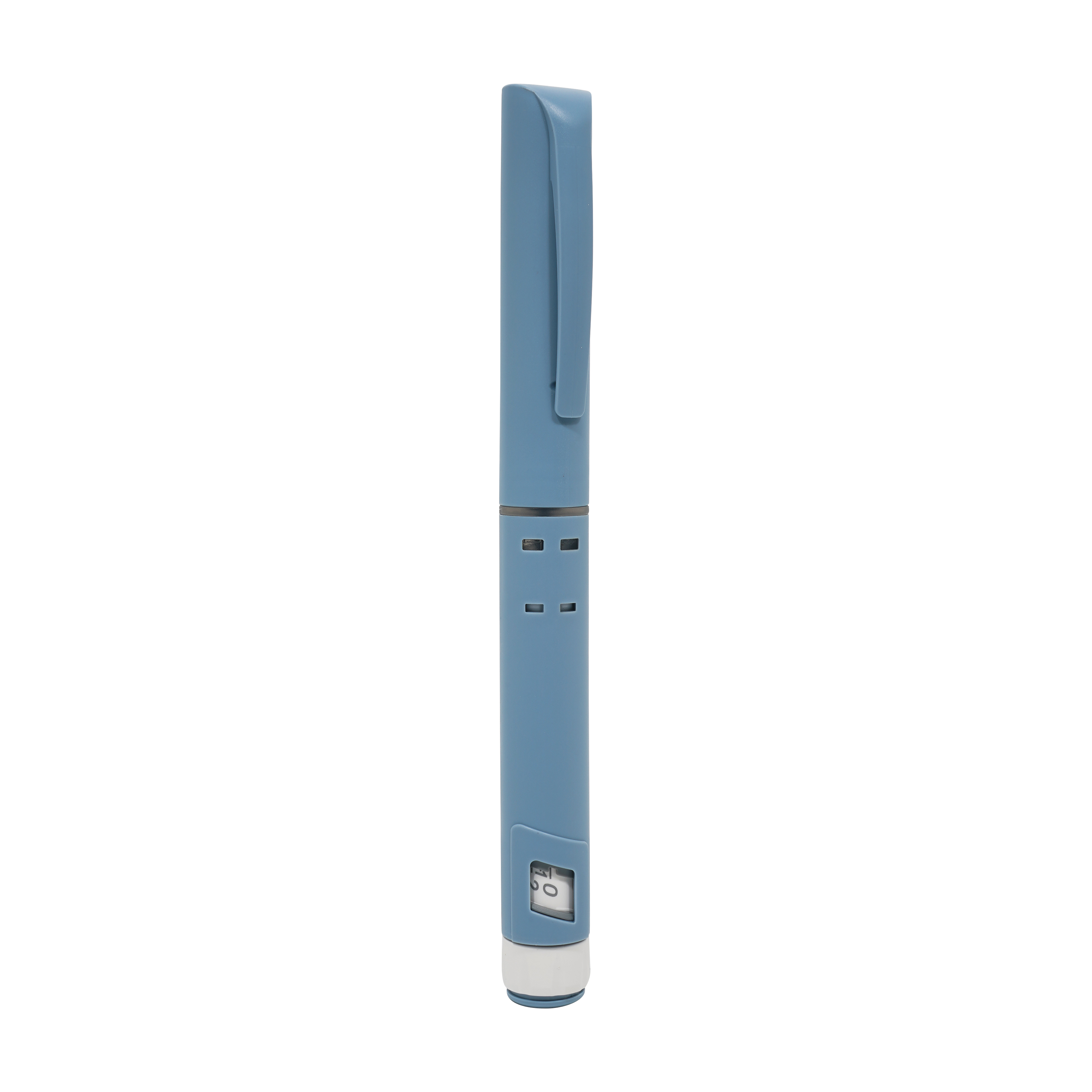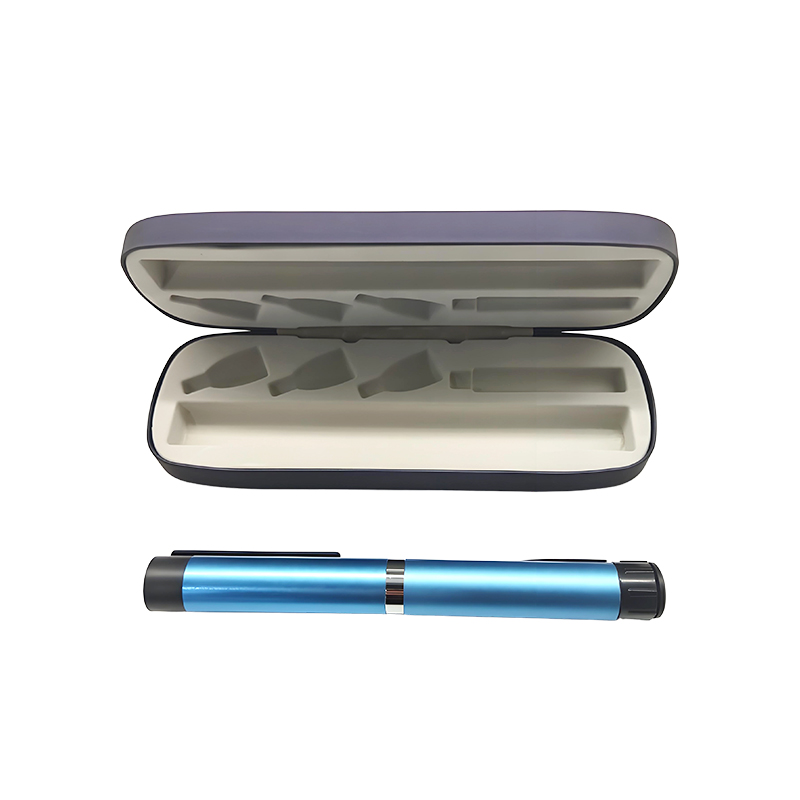

Views: 0 Author: Site Editor Publish Time: 2025-08-12 Origin: Site











Injection pens have revolutionized the administration of medication, offering a convenient and user-friendly alternative to traditional syringes. These devices are widely used for conditions such as diabetes, where precise dosing is critical. The Injection Pen has become an essential tool in modern healthcare, providing patients with greater autonomy and comfort. This comprehensive guide explores the scientific underpinnings of injection pens, their types, usage, and the latest advancements in the field.
The Insulin Injection Pen is specifically designed for diabetes management. It allows for precise dosing, which is crucial for maintaining blood glucose levels within the target range. Insulin pens are available in both disposable and reusable forms, catering to different patient needs and preferences. The design typically includes a dial for dose adjustment, a cartridge for insulin storage, and a needle for injection.
GLP-1 peptide injection pens are used for managing type 2 diabetes and obesity. These pens deliver glucagon-like peptide-1, which helps regulate blood sugar levels and promotes weight loss. The GLP-1 Peptide Injection Pen is designed for ease of use, with features such as pre-filled cartridges and automatic needle retraction to enhance safety and convenience.
Injection pens are categorized into reusable and disposable types. Reusable Injection Pens are designed for long-term use, with replaceable cartridges and needles. They are cost-effective and environmentally friendly, reducing medical waste. On the other hand, Disposable Injection Pens are single-use devices, offering convenience and minimizing the risk of cross-contamination. These pens are ideal for patients who prefer a straightforward, no-maintenance option.

The effectiveness of an injection pen largely depends on its components, particularly the needles and cartridges. Injection pen needles are designed to minimize pain and discomfort during injection. They are typically ultra-thin and coated with silicone to facilitate smooth penetration. Cartridges, on the other hand, are pre-filled with medication, ensuring accurate dosing and reducing preparation time.
Injection pens feature a dose adjustment mechanism, allowing users to set the desired amount of medication. This feature is crucial for medications like insulin, where precise dosing is vital. The delivery mechanism ensures that the medication is administered at a controlled rate, enhancing the effectiveness of the treatment. Advanced pens may include digital displays and memory functions to track dosing history.
One of the primary advantages of injection pens is their convenience and portability. These devices are compact and easy to carry, making them ideal for patients who require frequent dosing while on the go. The user-friendly design simplifies the injection process, reducing the anxiety associated with needle-based medication administration.
Injection pens have been shown to improve patient compliance and adherence to treatment regimens. The ease of use and reduced discomfort encourage patients to follow their prescribed dosing schedules more consistently. Studies have demonstrated that patients using injection pens are more likely to achieve their therapeutic goals compared to those using traditional syringes.
Despite their benefits, injection pens can be more expensive than traditional syringes, potentially limiting accessibility for some patients. Insurance coverage and reimbursement policies vary, impacting the affordability of these devices. Efforts are underway to reduce costs and expand access, ensuring that more patients can benefit from this technology.
Proper training and education are essential for the safe and effective use of injection pens. Healthcare providers play a crucial role in instructing patients on the correct technique and maintenance of these devices. Comprehensive training programs and resources are necessary to ensure that patients can confidently manage their treatment.

The field of injection pens is continuously evolving, with technological advancements driving innovation. Smart pens with connectivity features are being developed, allowing for real-time monitoring and data sharing with healthcare providers. These innovations aim to enhance patient outcomes and streamline disease management.
As environmental concerns grow, the industry is focusing on developing sustainable solutions. Manufacturers are exploring eco-friendly materials and designs to reduce the environmental footprint of injection pens. Initiatives to recycle and properly dispose of used devices are also being implemented to address waste management challenges.
Injection pens have transformed the landscape of medication administration, offering significant benefits in terms of convenience, compliance, and precision. As the injection pen manufacturer industry continues to innovate, these devices will become even more integral to patient care. By addressing challenges related to cost, accessibility, and sustainability, the future of injection pens looks promising, with the potential to improve health outcomes for millions of patients worldwide.